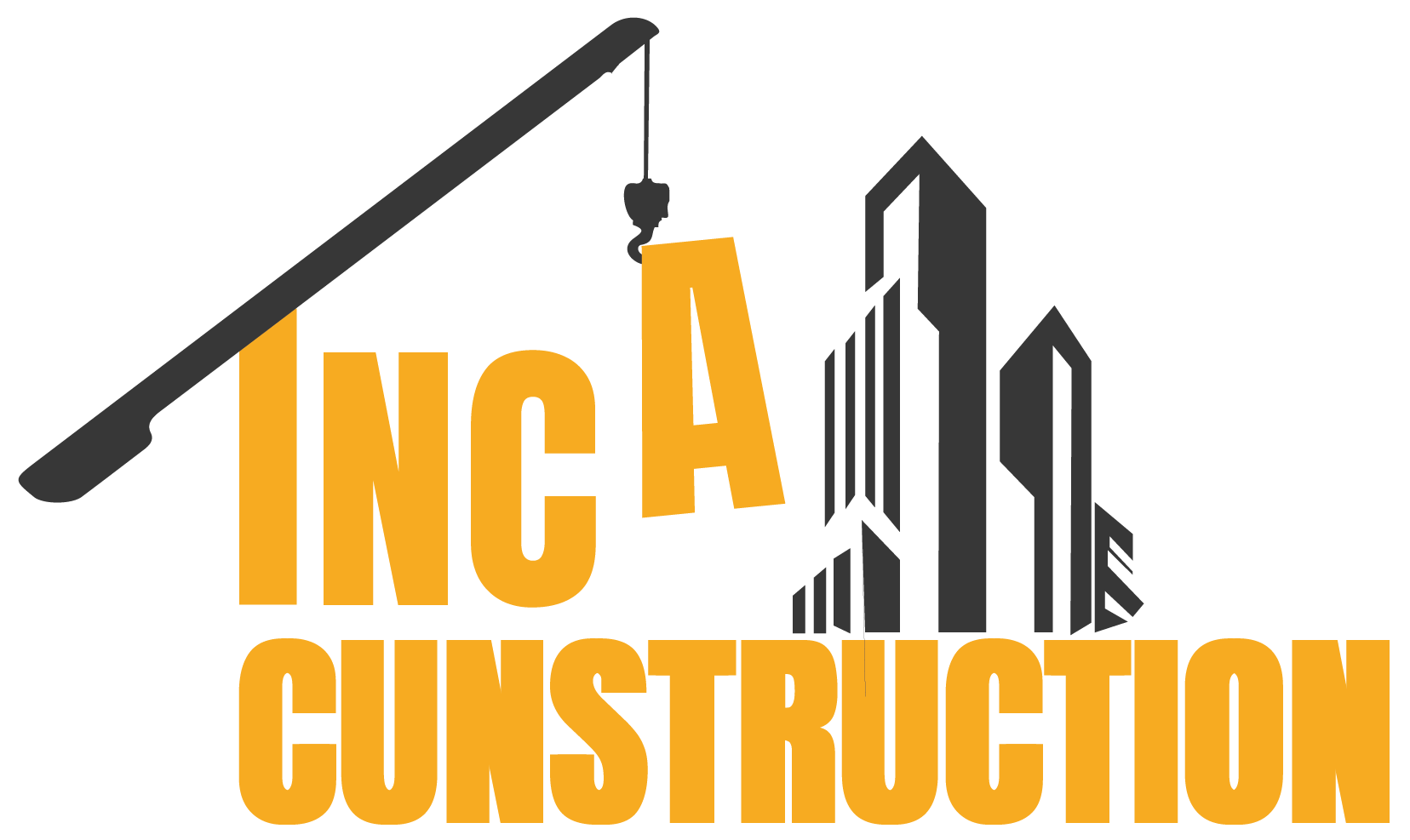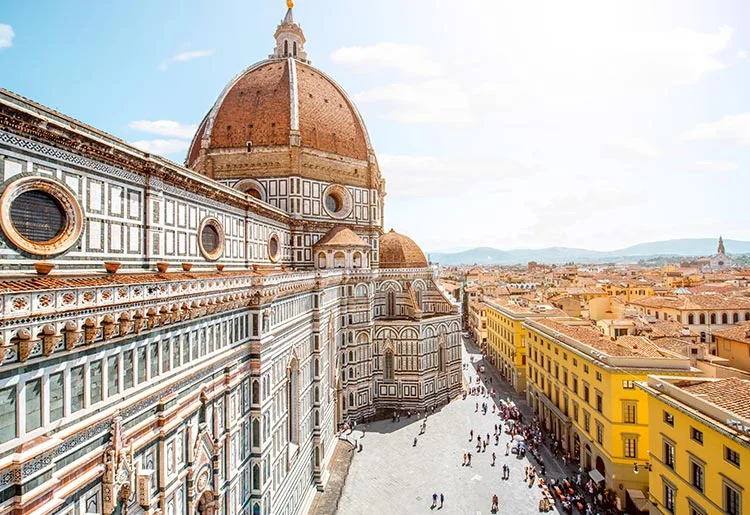When I first walked into a Renaissance architecture cathedral in Italy, I couldn’t stop staring. Not just at the frescoes or domes, but at the order—the perfect balance between structure and beauty. Everything had a rhythm. It didn’t just look good—it felt right.
That’s the genius of Renaissance architecture. It wasn’t just about reviving old styles—it was about rethinking what buildings could mean, using classical inspiration to create structures that were harmonious, rational, and human-centered.
Let’s take a deeper look at how this influential movement shaped the built environment—and why its principles still echo in buildings today.
🏛 What Is Renaissance Architecture?
:max_bytes(150000):strip_icc()/GettyImages-1210659789-e0c4b070626140a4af0f6016ff24b0ba.jpg)
Renaissance architecture refers to the style of architecture that emerged in Italy during the 14th to 17th centuries, following the Middle Ages. It marked a return to the values and design elements of Ancient Greek and Roman architecture, with a new focus on:
-
Symmetry
-
Proportion
-
Geometry
-
Perspective
-
Human scale
It was part of a larger cultural movement—the Renaissance—that emphasized reason, beauty, and rediscovery of classical knowledge.
🧱 Key Features of Renaissance Architecture
If you’ve ever looked at a Renaissance building and thought, “This just looks balanced,”—you’re not imagining it. That’s by design.
1. Symmetry and Proportion
Inspired by ancient Roman architecture and thinkers like Vitruvius, Renaissance architects believed buildings should be mathematically beautiful—mirroring the symmetry found in nature and the human body.
2. Classical Orders
Columns and pilasters weren’t just decorative—they followed strict rules (Doric, Ionic, Corinthian), often based on proportions laid out in Roman texts.
3. Domes and Arches
Domes were a big deal—literally and symbolically. Think: Brunelleschi’s dome in Florence, a Renaissance marvel. Rounded arches also made a strong return.
4. Use of Perspective
Designers used perspective to create depth and harmony. Facades were organized like paintings: balanced, layered, and pleasing to the eye.
5. Rustication and Detail
Lower levels often featured rough stone (rustication), while upper stories had refined details, adding visual hierarchy and contrast.
👷♂️ Famous Renaissance Architects (And Their Masterpieces)
🧠 Filippo Brunelleschi
-
Known for designing the dome of Florence Cathedral (Il Duomo)
-
Revolutionized construction with engineering feats that are still studied today
🎨 Leon Battista Alberti
-
Architect, writer, and theorist behind works like Santa Maria Novella
-
Believed architecture should reflect the dignity of man and order of the universe
🏛 Donato Bramante
-
Designed parts of St. Peter’s Basilica in Rome
-
Emphasized harmonious proportions and monumental spaces
✍️ Michelangelo
-
Yes, that Michelangelo. Known for his sculptural approach to buildings like the Medici Chapel and later work on St. Peter’s.
🔧 Andrea Palladio
-
One of the most influential architects in Western history
-
Known for villas like Villa Rotonda, and his book The Four Books of Architecture shaped European design for centuries
🌍 Influence of Renaissance Architecture Around the World
Renaissance principles didn’t stay in Italy. As the style spread across Europe, it merged with local traditions to create:
-
French Renaissance (e.g., Château de Chambord)
-
English Renaissance (e.g., Hardwick Hall)
-
Spanish Plateresque style
-
Eastern European adaptations in churches and public buildings
And later, those ideas shaped:
-
Neoclassical architecture (seen in government buildings worldwide)
-
Palladianism in Britain and colonial America
-
Even elements of modern architecture, especially in concepts like symmetry, proportion, and form following function
🧠 Why It Still Matters Today
You might not live in a Renaissance villa, but the influence is everywhere—from city halls to libraries to university campuses.
Renaissance architecture reminds us:
-
That design can be timeless
-
That buildings can be both functional and beautiful
-
That human-centered design isn’t new—it’s been around for centuries
-
That structure and creativity can (and should) coexist
Even today, when architects talk about “clean lines,” “balance,” or “harmony,” they’re echoing ideas born during the Renaissance.
✅ Final Thoughts: The Rebirth of Building with Purpose
Renaissance architecture was more than just a style—it was a philosophy. A belief that buildings should serve people, reflect reason and beauty, and draw from the best ideas of the past to build a better future.
Whether you’re walking past a classical building or sketching your dream home, take a moment to notice the details—the balance, the light, the proportions. That’s the Renaissance talking. And it still has a lot to teach us.

